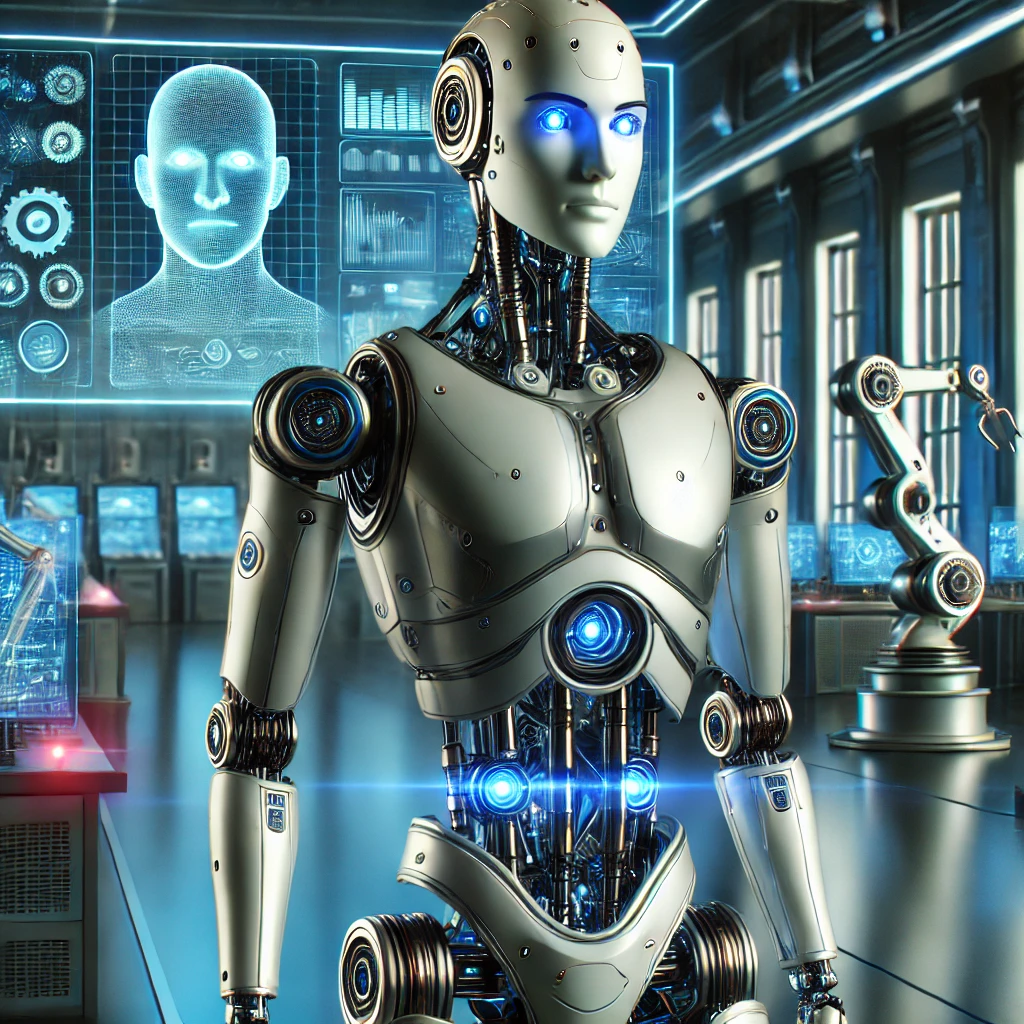Robots are automated machines designed to perform tasks with varying degrees of autonomy. They can be used in industries, healthcare, military, space exploration, and even in households. Here’s a breakdown of key information about robots:
Types of Robots
- Industrial Robots – Used in manufacturing, assembly lines, and warehouses (e.g., robotic arms).
- Humanoid Robots – Designed to resemble and mimic human movements (e.g., ASIMO, Sophia).
- Autonomous Mobile Robots (AMRs) – Move independently using sensors and AI (e.g., self-driving cars, delivery robots).
- Medical Robots – Assist in surgeries, rehabilitation, and patient care (e.g., Da Vinci surgical robot).
- Military & Defense Robots – Used for surveillance, bomb disposal, and combat (e.g., drones, robotic dogs).
- Service Robots – Help in households and businesses (e.g., vacuum robots, chatbots).
- Space Exploration Robots – Rovers and probes used for planetary exploration (e.g., NASA’s Perseverance rover).
- Swarm Robots – Small, collaborative robots that work together like insects (e.g., robotic bees for pollination).
Key Components of Robots
- Sensors – Help robots perceive the environment (e.g., cameras, LiDAR, infrared).
- Actuators – Motors and mechanisms that allow movement.
- Artificial Intelligence (AI) – Enables decision-making and autonomy.
- Power Supply – Batteries or external power sources.
- Control System – Software or hardware that manages robot functions.
Applications of Robots
- Manufacturing (e.g., car assembly)
- Healthcare (e.g., robotic surgeries)
- Agriculture (e.g., automated farming)
- Exploration (e.g., deep-sea robots)
- Entertainment (e.g., animatronics, robotic pets)
Would you like details on a specific type of robot? 🚀
